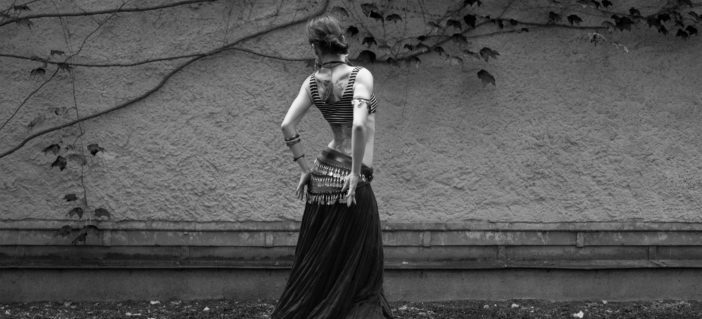One week ago we met with Inko di Ö, a beautiful and purposeful French woman, who brought the art of tribal belly dancing to Beijing.
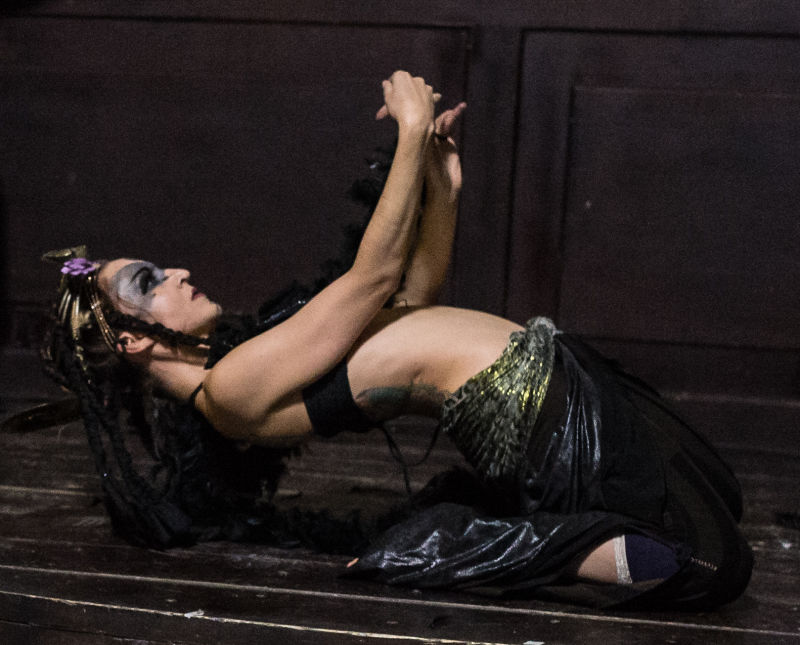
Inko came to China in 2008 right after the Olympic games to master in kung fu, as the philosophy of an ancient Chinese fighting science was her passion for many years. Two years after she had to go back to France, where she was still practicing intensely – but the lack of kung fu community and Masters made her slowly quit this art. She also longed for a feminine and artistic spirit that she couldn’t find in kung fu.
And then, with an accidental flyer on a street, she found a new love – tribal belly dancing . Tribal belly dancing has a strong community spirit as the foundation of the dance comes from “tribe” related roots. She started to dance in France only six years ago – and still can’t believe it’s been such a short time. Since then she has been practicing every day, and really oriented her whole life to become a professional dancer. Inko dreamed of becoming an artist, and tribal belly dancing is her way of expression. In 2011 she moved back to China. In 2012, she started teaching, and in 2014, she founded her own tribe called Lunatic Moires, with whom she now performs in Beijing in addition to teaching.
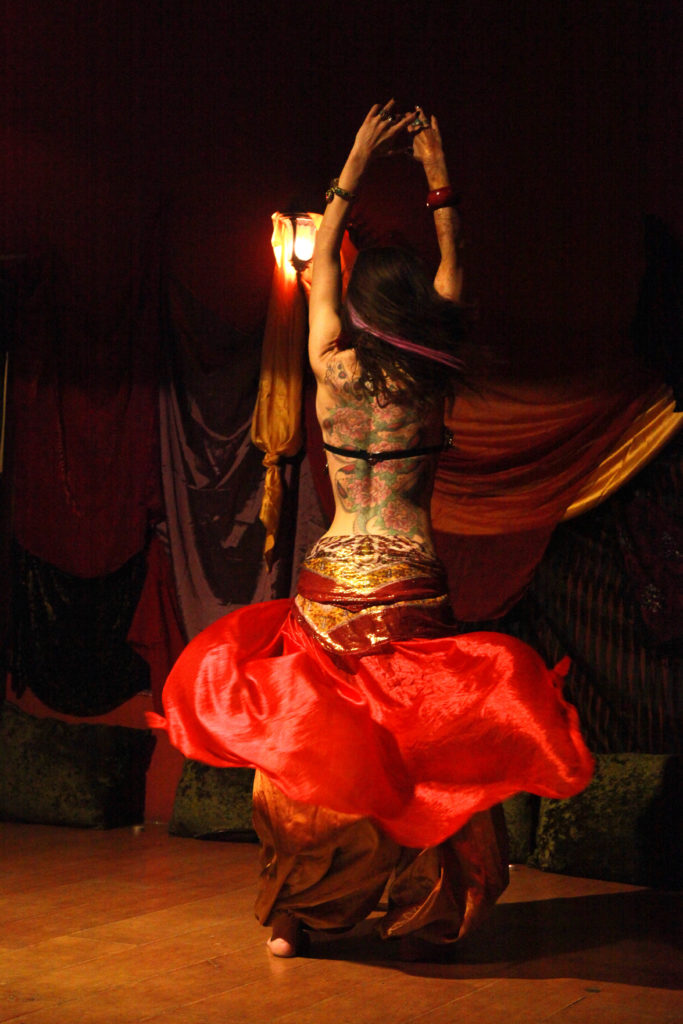
Tribal belly dancing has two categories: American tribal style (ATS) and tribal fusion style. American tribal style is a modern and very structured collective improvisation style. “It’s all like learning a new language,” says Inko. So there is always vocabulary, all the fixed moves, and then grammar, the way to connect moves and switch leadership. During the improvisation, there are leader and followers, although the leader is never the same. Thus the dance represents a uniq system.
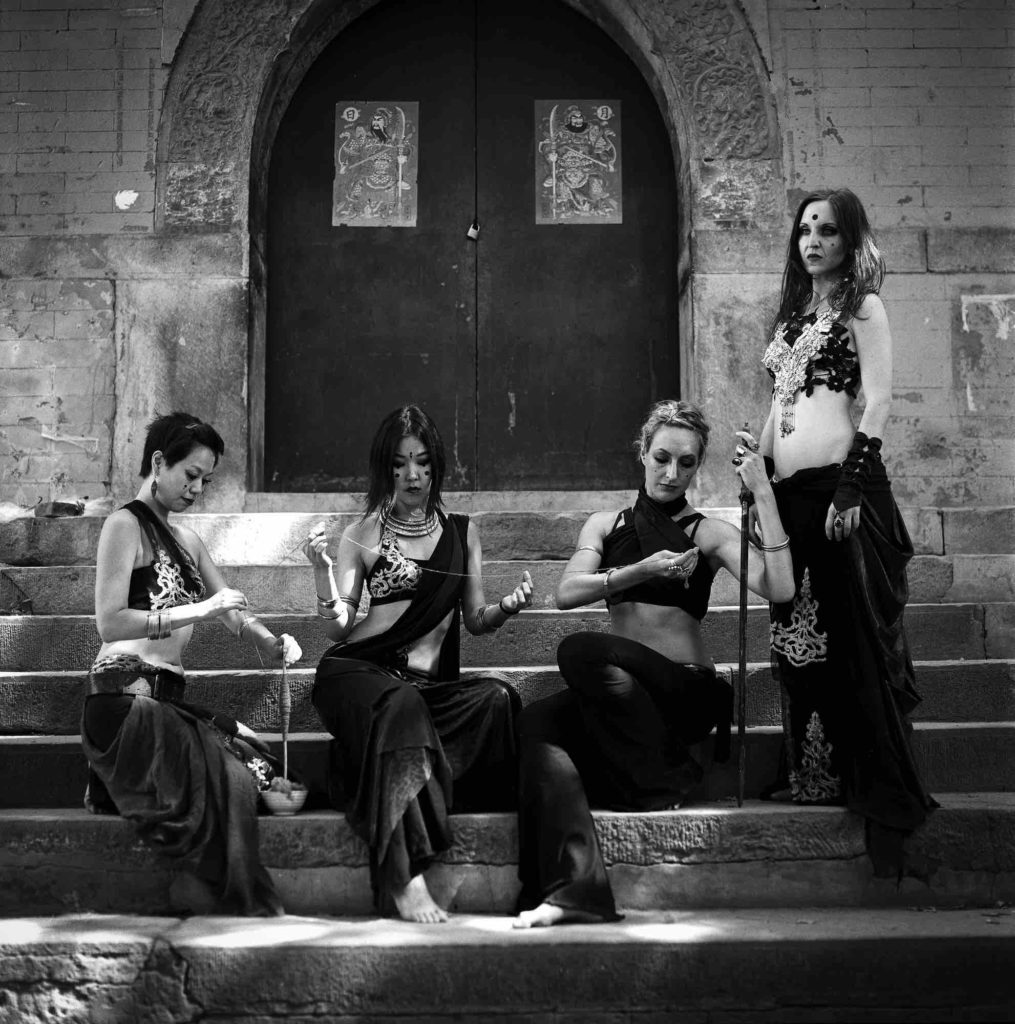
The tribal fusion style is a combination of oriental belly dancing, flamenco, and Indian dance. For Inko, it represents the essence of woman, from ancient times to now. Tribal fusion style is a bit more difficult to perform though, since it’s based on “layers” and requires complete control of the whole body with deep mental concentration. Inko remarks, “The more challenging the dance, the more I love it.”
Even though the competition level in the dancing community is high, Inko admits that this was never a problem for her, simply because she is the only professional foreign tribal belly dancer in Beijing. Once a year Inko also organizes master classes with foreign guests coming, that are also an opportunity to know more people in dancing community.
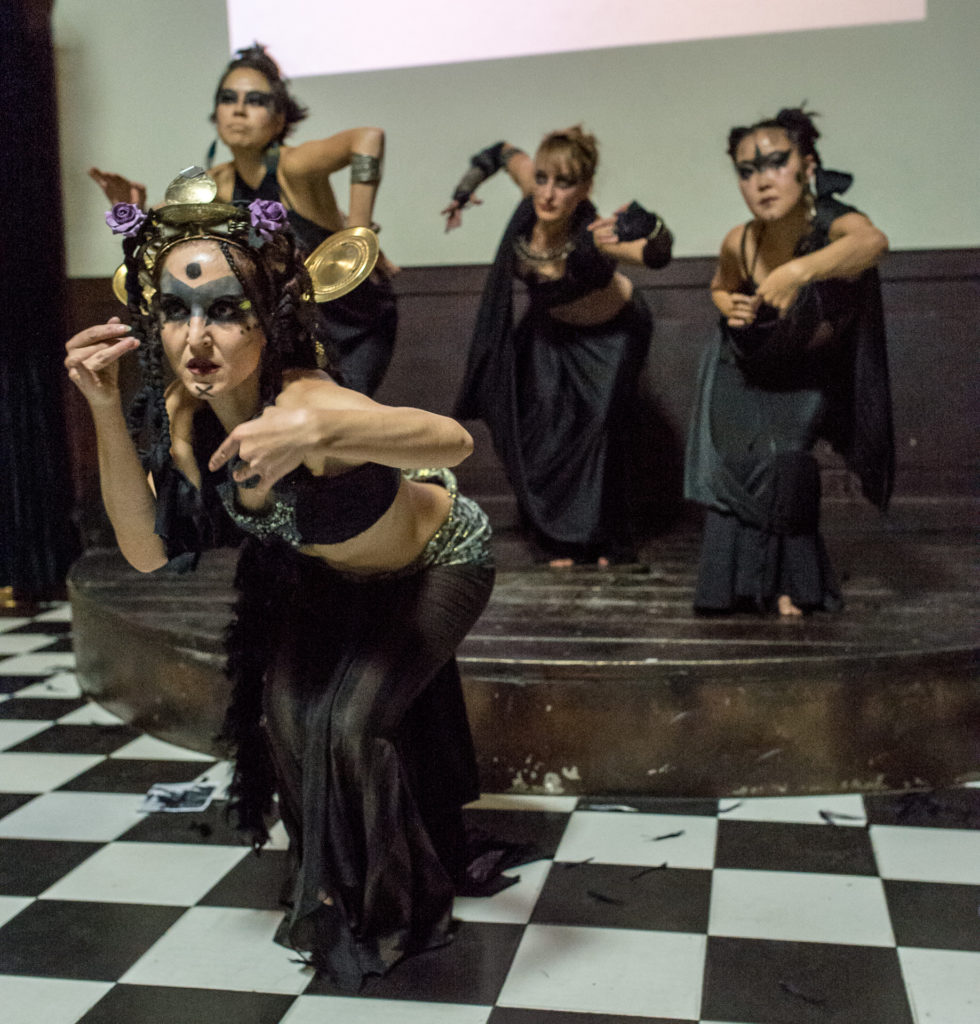
Groups are fully international and diverse, though the main classes attendees are expats, and Inko wants to involve more Chinese women. There is no specific age, profession, nationality or religion, and sometimes families dance together (moms, daughters, and sisters). But Inko says all of them have a secret feminine energy that makes them great dancers, even though it can be tough at the beginning. There’s no competitiveness in the team, no one ever feels judged or stressed, and there is a beautiful spirit of sisterhood and collective connection on the dance floor.
This summer, Inko teaches two classes per week, renting studios around Dongsishitiao and Donzhimen stations, 7.30-9pm Monday and Wednesday.
Wednesday ATS class is the beginning level as tribal fusion on Mondays is not easy for complete beginners. Newcomers are advised to start from ATS, as this is more fundamental and is the best entry for fusion style.
Photos: Inko di Ö


